In our increasingly digital world, birdwatching has evolved from a hobby requiring field guides and notebooks to an activity enhanced by powerful smartphone applications. These innovative tools have revolutionized how we identify, track, and appreciate our feathered friends. Whether you’re a seasoned ornithologist or a curious beginner, bird identification apps offer instant access to extensive databases, sound recordings, and community insights that make birding more accessible and rewarding than ever before. From identifying that mysterious songbird in your backyard to tracking migration patterns across continents, these digital companions have transformed citizen science and recreational birding alike.
Merlin Bird ID: Cornell Lab’s Game-Changer

Developed by the renowned Cornell Lab of Ornithology, Merlin Bird ID stands as perhaps the most revolutionary bird identification app available today. The app uses a combination of artificial intelligence, user location data, and simple questions about the bird’s appearance to narrow down possibilities with remarkable accuracy. Its photo ID feature allows users to upload images for instant identification, while the sound ID function can recognize birds by their songs and calls in real-time—even distinguishing multiple species singing simultaneously. With downloadable bird packs covering regions worldwide, Merlin functions offline in remote locations, making it an essential tool for both casual backyard birders and expedition-bound enthusiasts.
eBird: The Global Birding Database
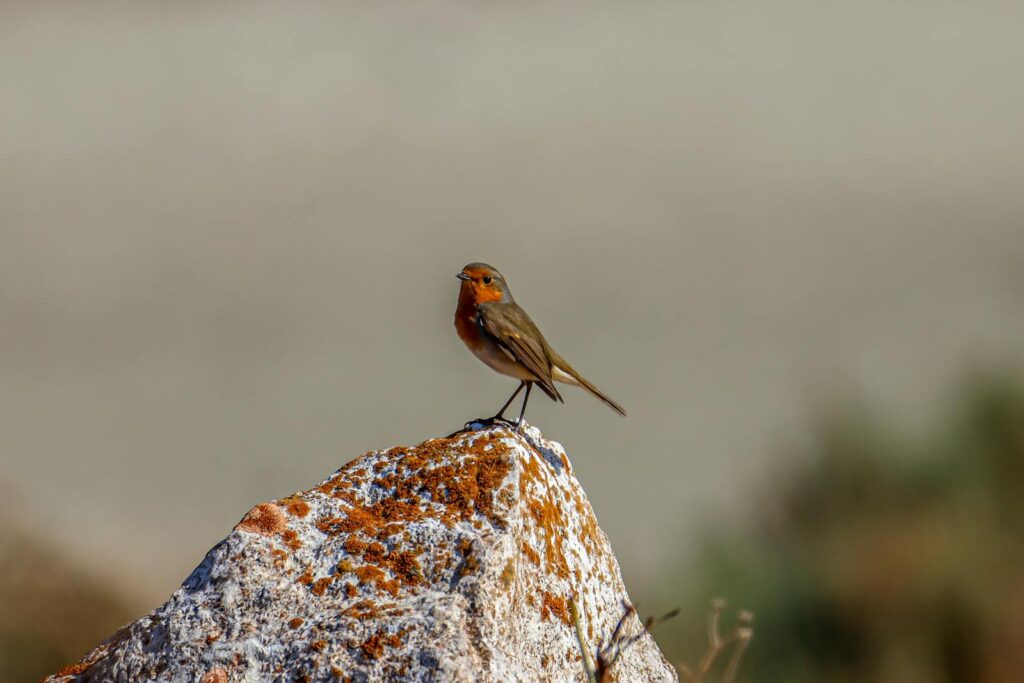
Another Cornell Lab creation, eBird has transformed recreational birding into a powerful citizen science initiative by creating the world’s largest biodiversity-related database. The app allows users to record bird sightings through customizable checklists, track personal birding statistics, and contribute to global conservation efforts with each observation. Researchers use this vast collection of data to monitor population trends, migration patterns, and habitat use, giving ordinary birdwatchers the satisfaction of contributing to scientific understanding. The interactive maps show recent sightings in your area, making it invaluable for finding target species or discovering local hotspots you might have overlooked. eBird’s monthly challenges and listing tools add a gamified element that keeps birders motivated to explore new areas and species.
Audubon Bird Guide: Comprehensive Reference Tool

The Audubon Bird Guide app provides an exceptional digital field guide experience with detailed information on over 800 North American bird species. Each species profile includes multiple high-quality photographs showing different plumages, sexes, and age variations, alongside range maps that update seasonally to show migration patterns. The app’s extensive sound library offers multiple recordings of songs, calls, and other vocalizations that help users distinguish similar-sounding species. One of its standout features is the “Find Birds with eBird” function, which integrates eBird data to show nearby sightings and hotspots, combining reference material with real-time location intelligence. The Audubon Society regularly updates the app with conservation news and alerts about threatened species, connecting users to broader environmental issues.
BirdNET: Audio Recognition Specialist
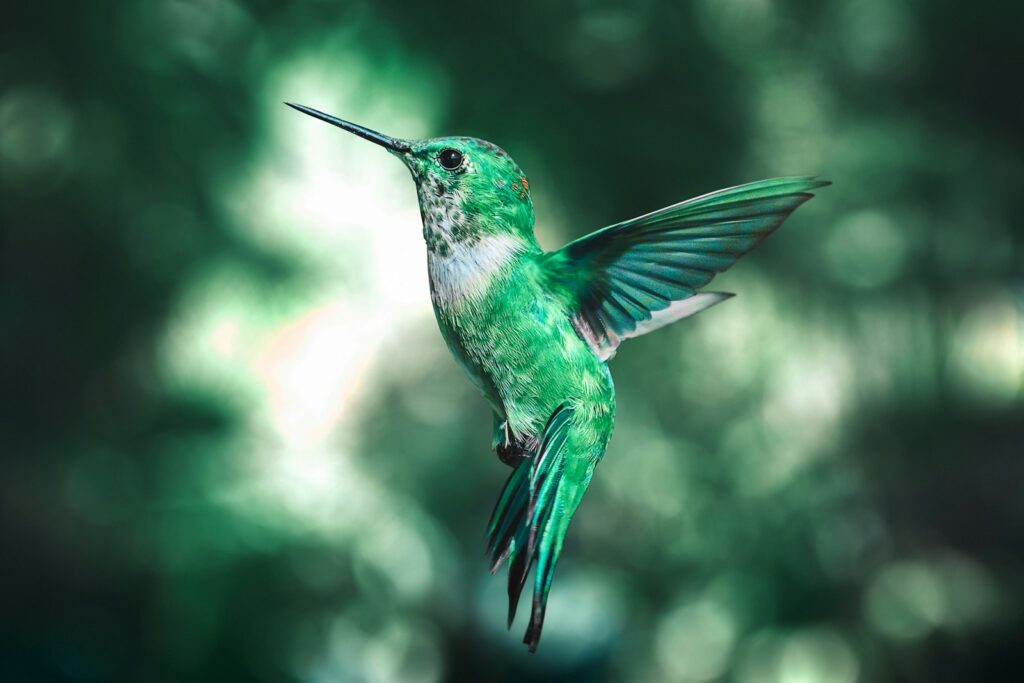
While many bird apps now include sound identification capabilities, BirdNET focuses exclusively on this feature, making it the premier choice for audio-based identification. Developed by Cornell Lab and Chemnitz University of Technology, this specialized app uses deep learning algorithms to identify over 3,000 bird species worldwide from brief recordings. The technology works surprisingly well even with distant birds, background noise, or multiple species calling simultaneously, situations that challenge human listeners. BirdNET maintains a history of your identifications with exact timestamps and locations, creating an audio journal of your encounters. For researchers and serious birders, the app offers the ability to extract spectrograms of recordings for more detailed analysis of bird vocalizations.
iNaturalist: Beyond Birds to Full Biodiversity
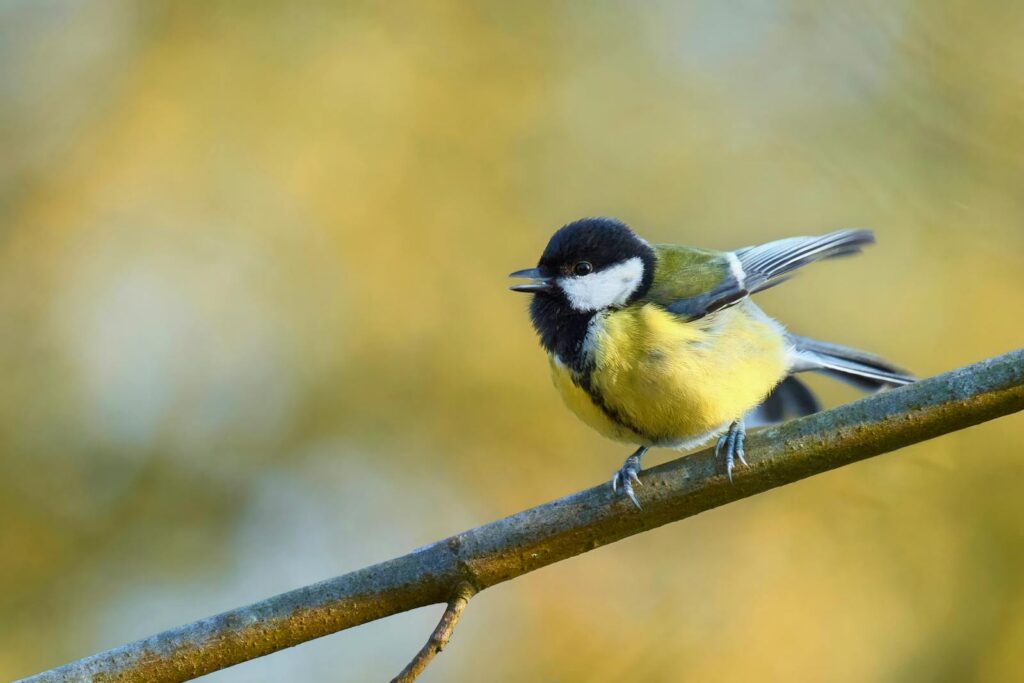
Though not exclusively a birding app, iNaturalist deserves mention for its exceptional community-powered identification system that covers all wildlife, including birds. Created through a joint initiative between the California Academy of Sciences and National Geographic, iNaturalist turns every observation into a learning opportunity through its crowd-sourced identification process. Users upload photos of any organism, and both AI suggestions and community experts help confirm identifications, making it ideal for birders who are also interested in the broader natural world. The app’s projects feature allows participation in specific monitoring efforts for particular regions or species groups, creating focused citizen science opportunities. For those venturing beyond birds, iNaturalist provides a seamless way to document all wildlife encounters within a single platform.
HawkWatch: Specialized Raptor Identification
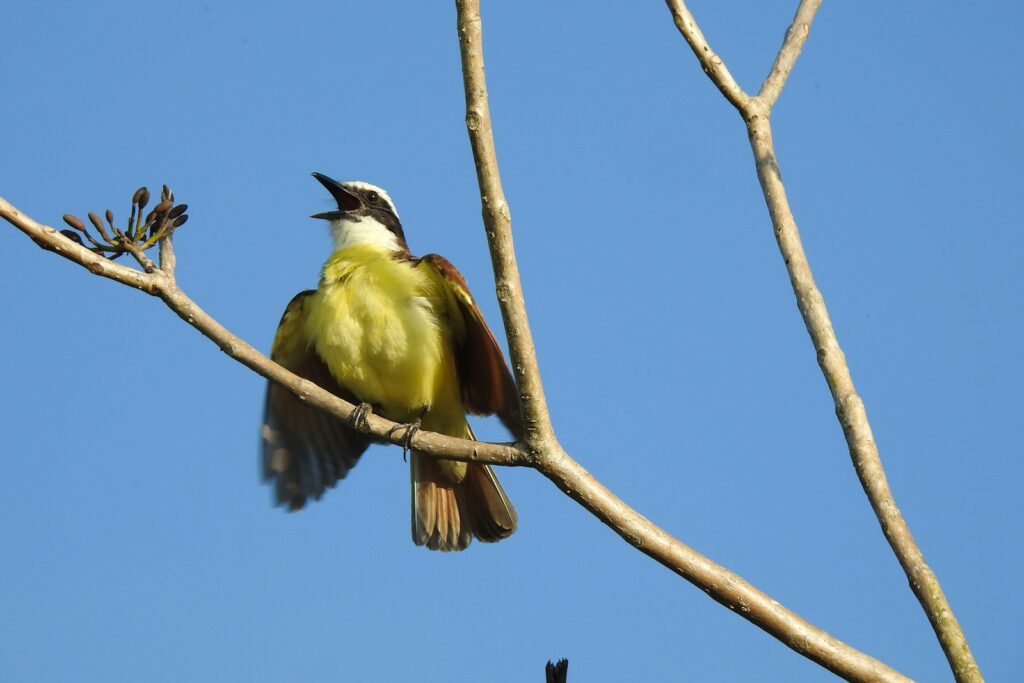
For those specifically interested in birds of prey, HawkWatch offers specialized identification tools focused exclusively on raptors. The app features side-by-side comparison views that highlight subtle differences between similar species like Cooper’s and Sharp-shinned Hawks, which confound even experienced birders. Detailed silhouettes show distinctive flight patterns and shapes when viewing distant birds soaring against the sky. HawkWatch includes migration timing information specific to major North American hawk-watching sites, helping users plan visits when numbers peak at these spectacular natural events. The app also educates users about conservation challenges facing raptors, from habitat loss to lead poisoning, creating awareness about these charismatic apex predators.
BirdsEye: Finding Target Species
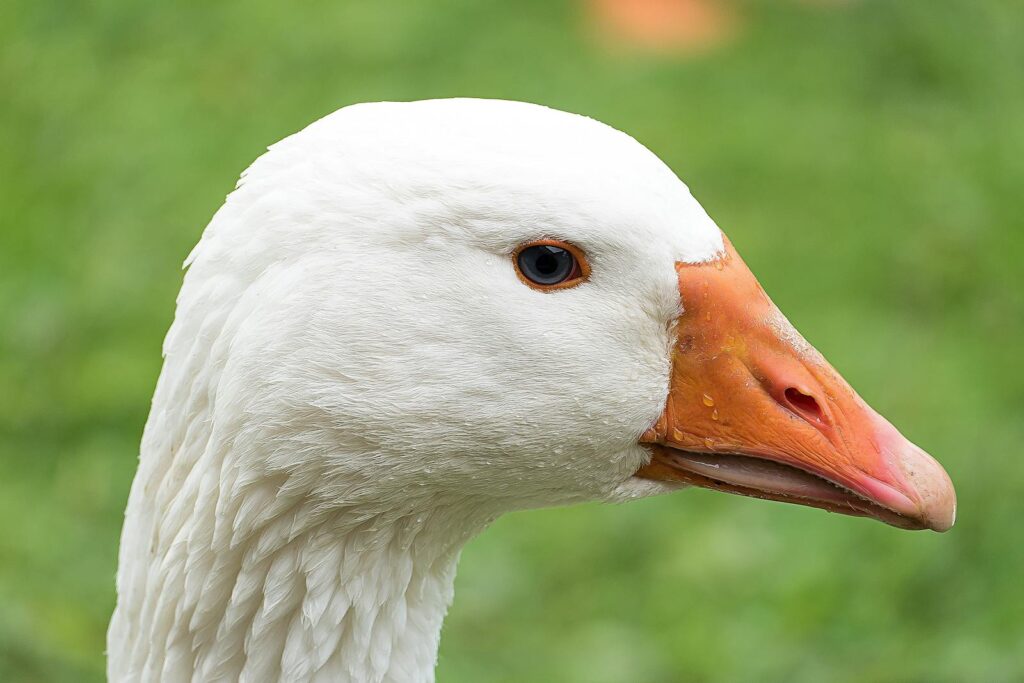
BirdsEye specializes in helping birders locate specific target species through its integration with real-time eBird data. The app shows precisely where desired birds have been recently spotted, making it invaluable for listers seeking particular species to add to their life lists. For traveling birders, the “Nearby Birds” feature instantly acclimates you to a new location by showing which species are common or rare in your current area. BirdsEye’s “Needs Alert” function is particularly useful for serious birders, as it automatically notifies you when a species you haven’t yet seen appears in your vicinity. The app also identifies regional specialties—birds that are common in your current location but would be considered rare elsewhere—helping visitors focus on species unique to each destination.
Song Sleuth: Audio Collection and Analysis
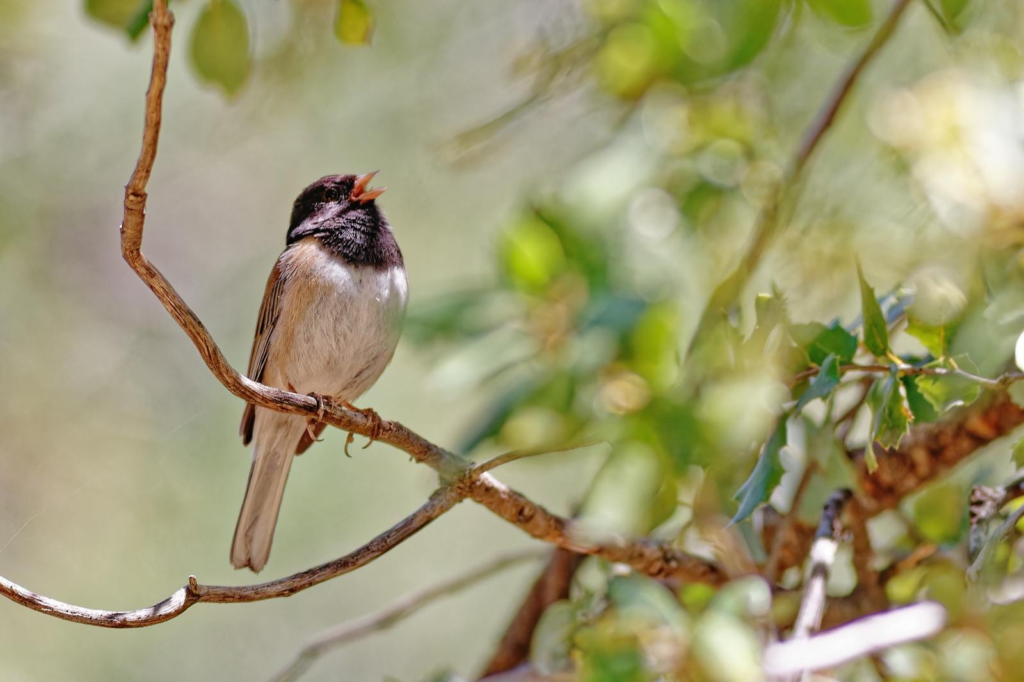
Song Sleuth combines sophisticated audio recording capabilities with identification tools designed by renowned bird sound expert David Sibley. The app captures bird sounds and displays them as spectrograms—visual representations of the audio frequencies—allowing users to see patterns in bird songs that might not be apparent by ear alone. After recording, the app suggests possible species matches and allows comparison with reference recordings to confirm identification. Song Sleuth’s trim function lets users isolate specific bird sounds from longer recordings containing multiple species or background noise. The app maintains a personal sound library of your recordings, creating a permanent collection of your audio encounters that can be organized, annotated, and shared.
iBird Pro: Exhaustive Identification Features
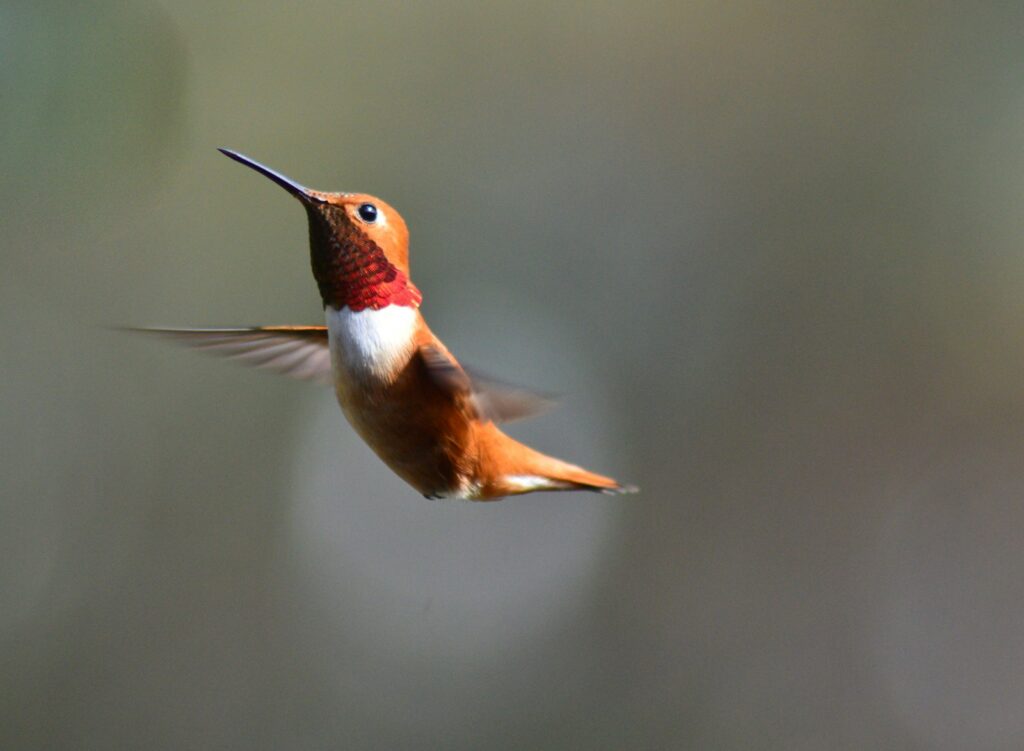
iBird Pro stands out for its comprehensive search functionality, allowing users to identify birds through a unique combination of attributes. The patented Percevia search technology lets users filter birds by multiple characteristics simultaneously—habitat, shape, color, range, size, and behavior—making it especially useful when you’ve gotten only a partial glimpse of a bird. The app includes detailed anatomical diagrams highlighting field marks and comparison features that place similar species side by side for scrutiny of distinguishing characteristics. iBird Pro’s extensive collection of professional illustrations and photographs shows birds from multiple angles and in different lighting conditions, mimicking real-world viewing situations. For advanced users, the app includes thorough taxonomic information and regularly updates to reflect the latest scientific classifications.
BirdTrack: Conservation-Focused Recording

Developed by the British Trust for Ornithology, BirdTrack focuses on collecting systematic bird observations for conservation purposes while serving as a personal record-keeping system. The app emphasizes complete checklists—records of all species observed during a birding session—which provide more scientifically valuable data than casual sightings of unusual birds alone. BirdTrack’s breeding evidence codes allow users to document behaviors indicating nesting activity, contributing valuable reproductive data to population monitoring efforts. The app generates graphs and maps showing your personal birding patterns and species encounters over time, providing insights into your own birding history. Though particularly detailed for British and European birds, BirdTrack has expanded to include global coverage, making it useful for international birders committed to conservation.
Birder: Social Networking for Bird Enthusiasts
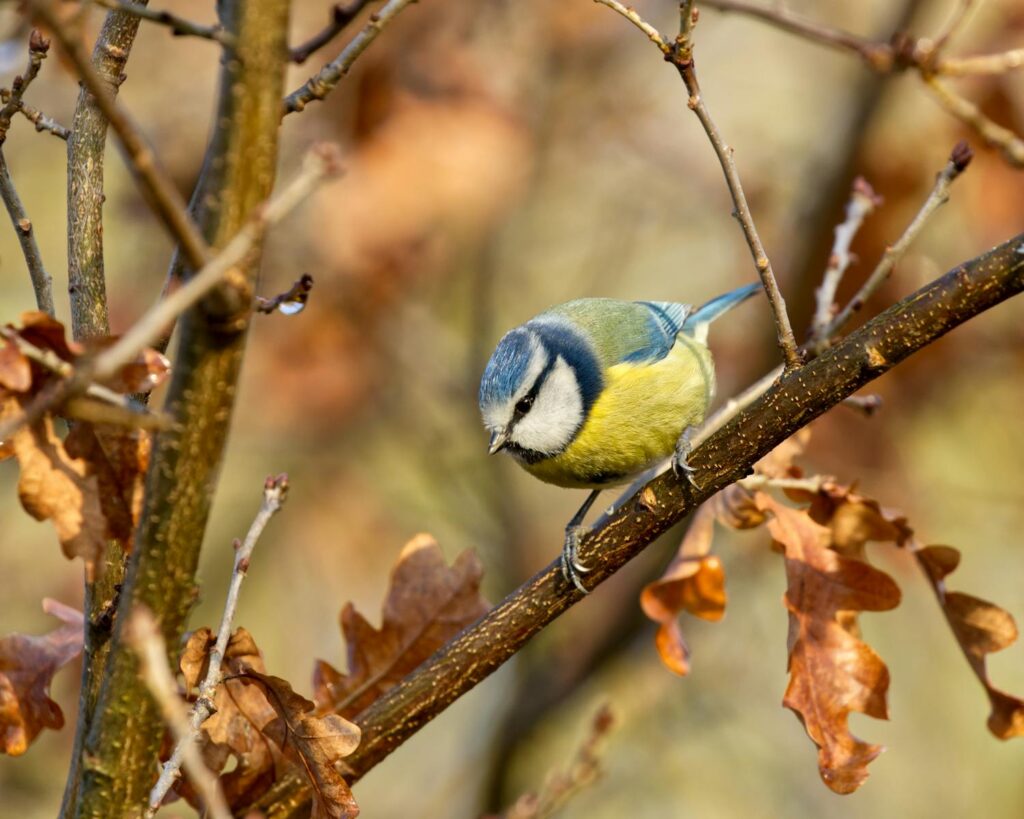
Birder approaches bird identification and tracking from a social perspective, functioning as a specialized network for the birding community. The app allows users to follow other birders, comment on sightings, and share tips about current bird activity in specific locations. Birder’s mapping function shows not just birds but also birder activity, helping users connect with local experts when visiting new areas. The app’s notification system alerts users when rare birds are reported nearby or when birds on their target lists have been recently spotted. For beginning birders, the social aspect provides mentorship opportunities through connections with more experienced users who can help confirm identifications and share field techniques.
Smart Bird ID: Accessibility for Beginners

Smart Bird ID distinguishes itself with an interface designed specifically for birding novices, using simplified terminology and step-by-step guidance. The app employs both photo and sound recognition technology but explains results in beginner-friendly language, avoiding technical ornithological terms that might intimidate new birders. Educational features include bird quizzes and daily species highlights that gradually build users’ identification skills and knowledge of common species. Smart Bird ID also includes basic birding ethics guidelines and habitat information, providing a more holistic introduction to the hobby beyond mere identification. For parents and educators, the app includes kid-friendly content designed to engage young birders with age-appropriate information and interactive features.
Choosing the Right App for Your Birding Style
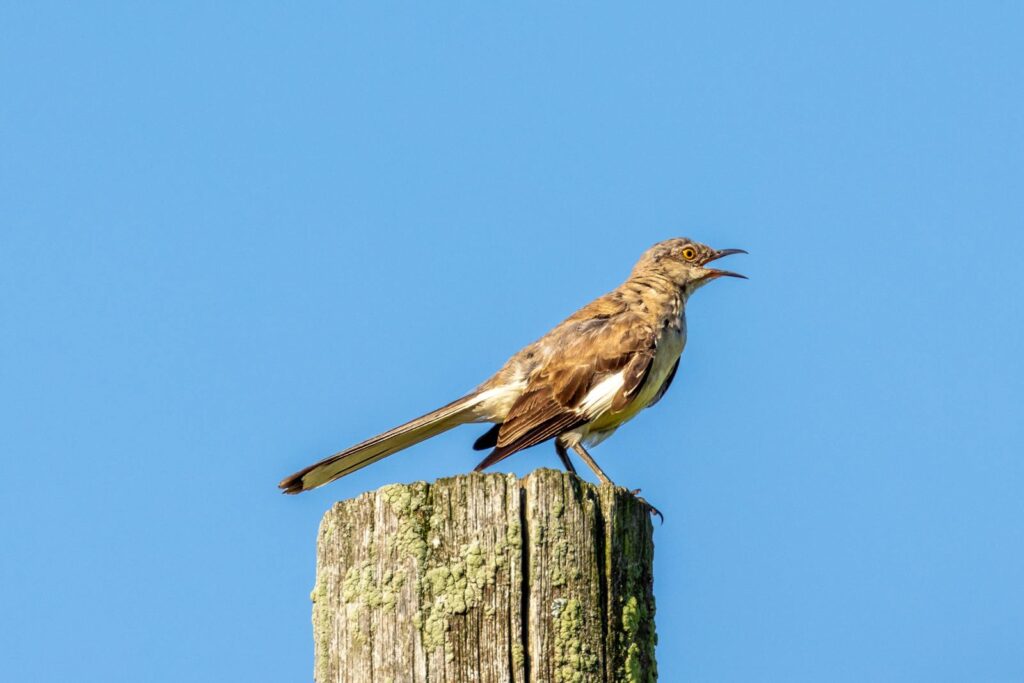
Selecting the ideal bird app depends largely on your specific interests and experience level within the birding community. Beginners might benefit most from Merlin Bird ID’s user-friendly interface and instant identification capabilities, while experienced birders often prefer the detailed data collection of eBird or the comprehensive reference material in iBird Pro. Those primarily interested in bird sounds might focus on BirdNET or Song Sleuth, while photographers might gravitate toward apps with strong image recognition. Many serious birders ultimately use a combination of apps—perhaps Merlin for quick field identifications, eBird for recording observations, and specialized apps for particular interests like raptors or warblers. Consider starting with a free option like Merlin Bird ID before investing in premium apps to determine which features matter most to your birding practice.
The Future of Digital Birding

Bird identification and tracking apps continue to evolve rapidly, with artificial intelligence capabilities becoming increasingly sophisticated. Future developments will likely include enhanced reality features that overlay identification information when viewing birds through smartphone cameras and more precise location-based alerts customized to user preferences and local bird movements. Real-time migration tracking using weather radar data is already beginning to appear in some apps, helping predict when waves of migrants will arrive in specific locations. Conservation organizations are increasingly integrating citizen science data from these apps into management decisions, making recreational birding an important component of scientific research and habitat protection efforts. As technology advances, the line between casual birding and formal ornithological research continues to blur, democratizing bird study while generating unprecedented volumes of data about bird populations worldwide.
Conclusion

The digital revolution in birding has transformed what was once a hobby dependent on field expertise and reference books into an accessible activity supported by powerful technology. Today’s bird identification and tracking apps combine centuries of ornithological knowledge with cutting-edge artificial intelligence, location awareness, and social connectivity. These tools not only enhance the birding experience by making identification more accessible and accurate but also convert millions of casual observations into valuable scientific data. Whether you’re identifying your first backyard birds or contributing to global migration studies, these applications provide the perfect blend of personal enjoyment and conservation contribution. As these technologies continue to advance, they promise to deepen our connection to birds while helping protect the species and habitats we’ve come to cherish.
